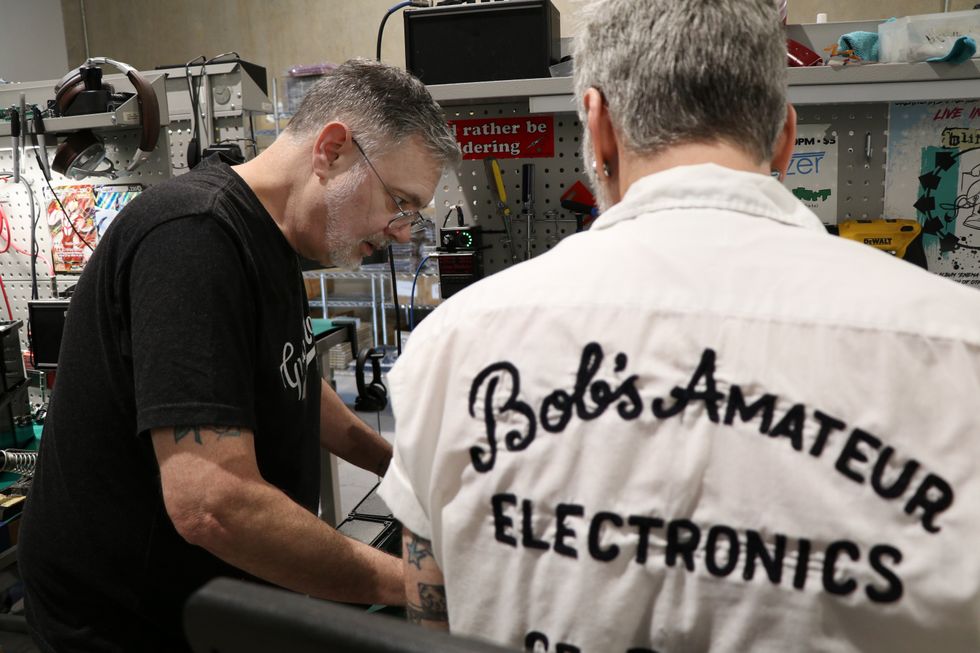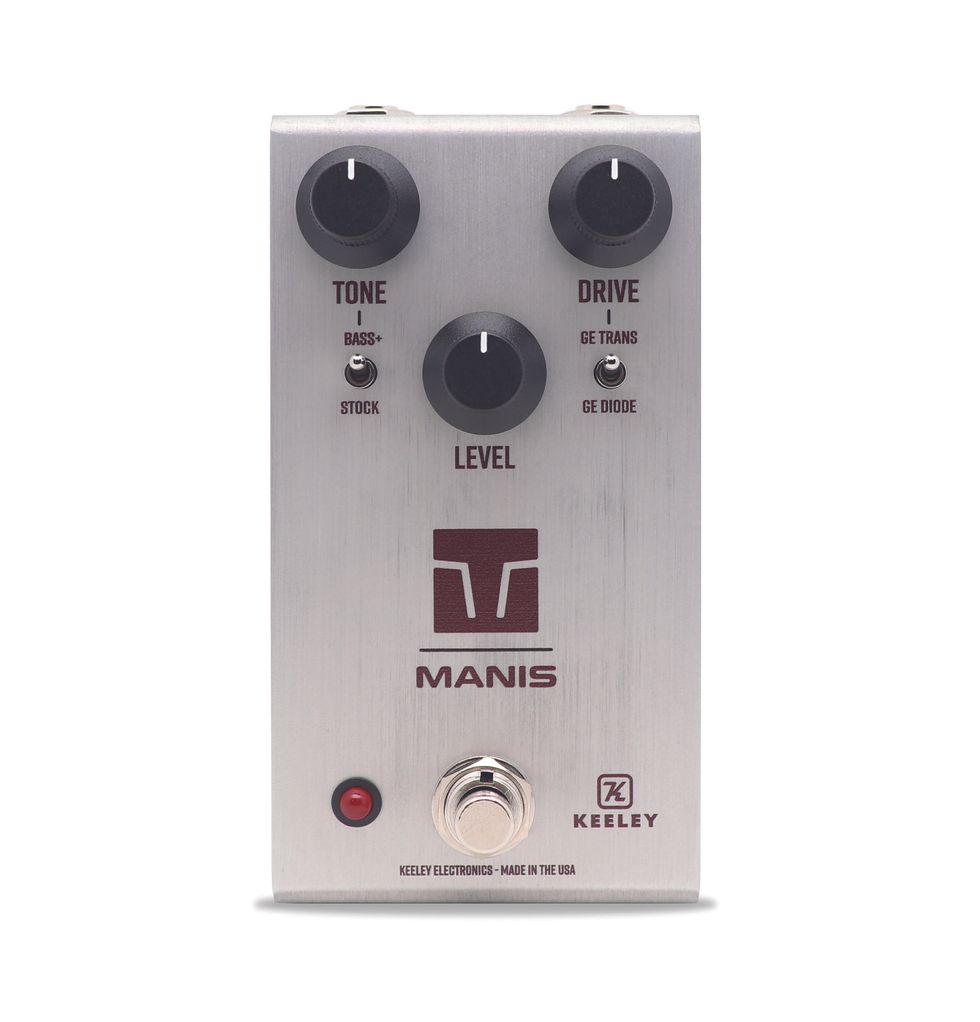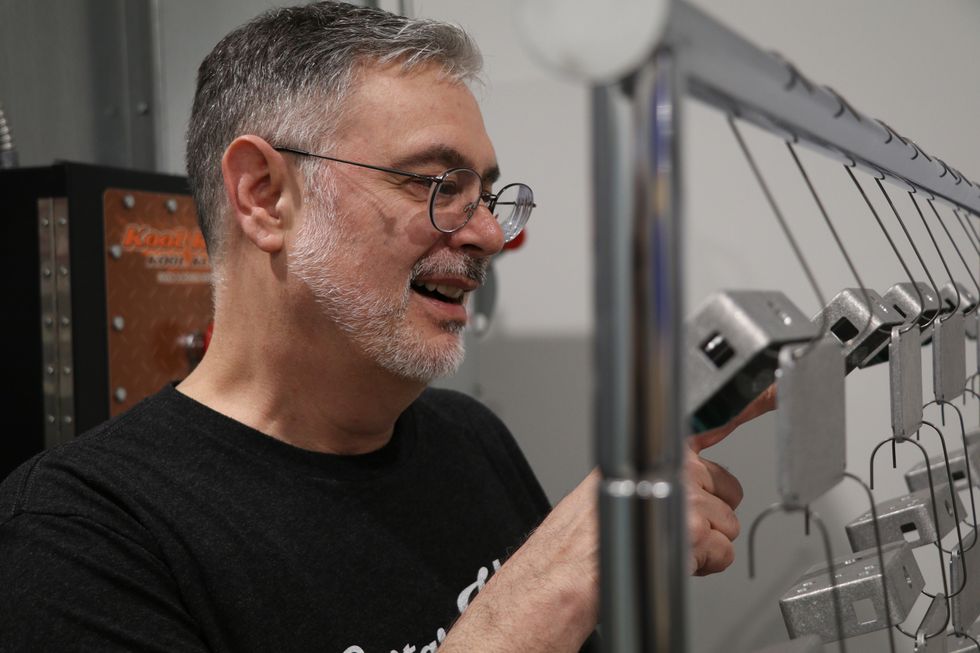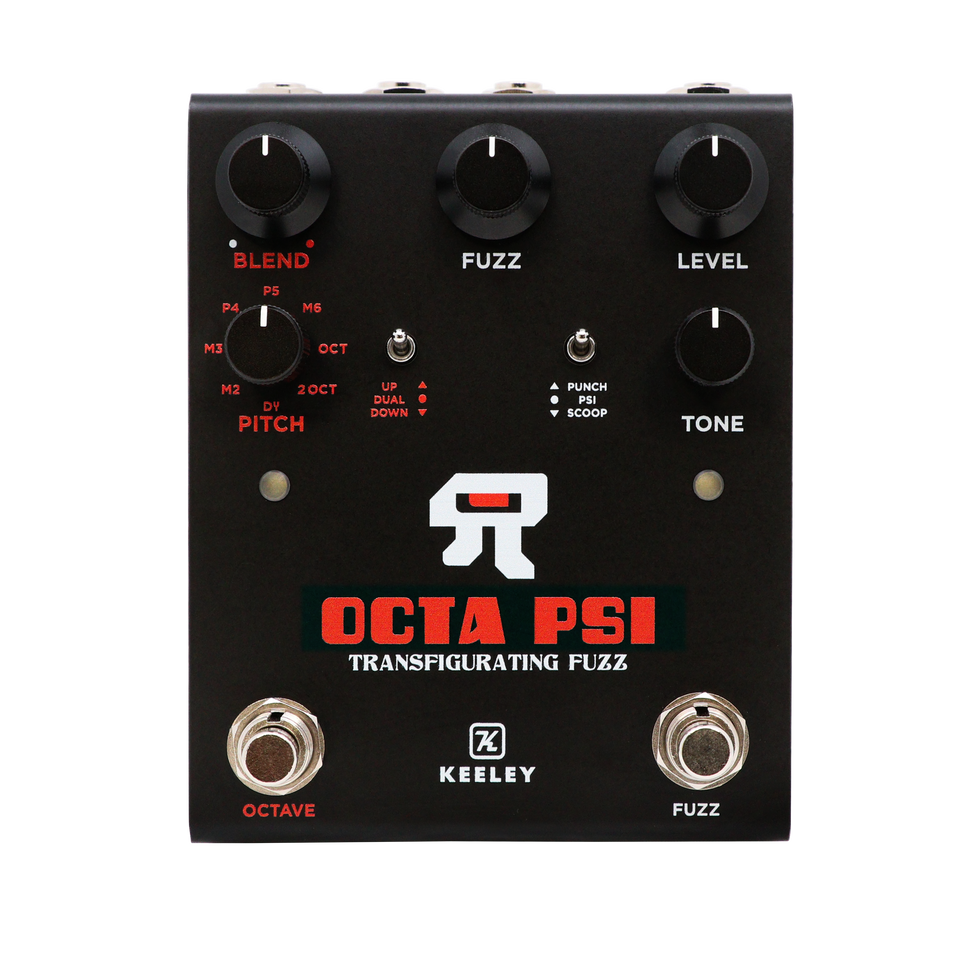The longtime author of PG’s popular Ask Amp Man column—and one of the godfathers of the low-power-amp revolution with Budda and then EAST—returns to outline everything you need to know about tracking down the valve-propelled sound machine of your dreams.
In the immortal words of the Byrds:
“So you want to be a rock and roll star? / Then listen now to what I say.
Just get an electric guitar / then take some time and learn how to play.”
But you’re also going to need an amplifier! And if you’re following the Byrds’ protocol, you want a tube amp. These are the amps that voiced all the classic music that made history and still stands the test of time. Finding your ideal tube amp can be a never-ending search, but here are a few tips that may help you get started in your search for tube-amp nirvana.
What do you expect from your amp? Do you want the amp to have a good clean sound as well as the gain you need for solos? If so, then you may want an amp with channel switching, enabling you to footswitch between beautiful clean rhythms and a powerful overdriven solo assault. Some control options to look for here: Does the amp have the ability to alter the tone of the clean and overdrive channels? Sometimes the two channels sound noticeably different, depending on the amp design. Some form of tone control—typically 2- or 3-band EQ—for each channel can help. Also, an added bonus might be a separate master volume control for the clean channel. This would allow you to crank up the gain to give you some nice crunch for your rhythm playing, while setting your overall crunch volume to match the overdrive channel.
This 1981 Mesa/Boogie Mark II B is a good example of a fixed-bias amp. Just install the right replacement tubes and you’re ready to flip the on switch.
Photo courtesy of L.A. Vintage Gear/Reverb
If you get most of your tones from pedals or maybe a multi-effects unit, then you probably won’t need channel switching and you may be best served with an amplifier that has a single channel and a simple control set. In this case, less is more, and the cleanest signal path will give your effects the opportunity to shine. A volume control and some form of tone shaping are all you’ll probably need. A good thing to remember is that many amps that have a lot of front-end gain don’t leave a lot of headroom for pedals. You might want to ask: “Does this amp take pedals well?”
“A tube amp is like a car; occasionally, it will need service.”
Know the difference between gain and volume. A gain control typically controls the amount of gain developed in the front end or preamp section of the amp. This is where most of the overdrive in the amp is developed. The volume control sets the overall loudness of the amp. A low-gain, high-volume setting equals a cleaner tone. A high-gain, low-volume setting equals a more overdriven tone. This is not the only way, however, to get an overdriven sound from an amplifier. Pushing the output tubes into distortion is also an option and has often been done both onstage as well as in the studio. So next….

Photo 1. The four basic types of output tubes: 6L6, 6V6, EL34, and EL84. The first two were typically used in American amps of the ’60s and ’70s; the latter two, in their European counterparts.
Consider the output power of the amplifier based on where you might be playing it. Most of us, nowadays, don’t need a 100-watt amp, or even a 50-watt amp, to play most venues. I currently play an EAST Duality 30—a 30-watt amp with a half-power mode, and 90 percent of my gigs are done at half power—with a six-piece band with two guitar players. It really doesn’t make sense to pay the increased cost of a 100- or 50-watt amp if you’re never going to need all that power. Tube amplifiers sound the best when the output tubes are being pushed a bit ... or a lot! In fact, many classic solos were done in the studio with a low-powered amp pushed to its limits. Fender tweed Champs and tweed Deluxes seem to shine at this, although there are definitely a few Gibson amps from the ’50s and ’60s that will give them a run for the money! If you happen to encounter a ’50s or ’60s tweed Fender or a Gibson, I would suggest plugging in. Are you gonna get Metallica? No. Are you gonna get Neil Young? All day long! The Fenders of this era have been pretty costly for a while now, but the Gibsons seem to be just catching up. Would these be good as a first amp and give you everything you want? In most instances, no, but as you get some time under your belt as a guitar player, you may appreciate these for what they are. They actually do become another instrument under your control.
“The option of different speaker cabinets with different speakers and configurations can go a long way to tailoring your sound to the gig and venue.”
There is no “best” amp, just the best amp for you! So what output tubes should you consider? Let’s get familiar with the basic types of output tubes first; then we can explore how they’re different. In Photo 1, we see the four basic types of output tubes: 6L6, 6V6, EL34, and EL84. The first two were typically used in the American-produced amps of the ’60s and ’70s. The latter two were their counterparts (more or less) and used in European amps built during this period. After a while, they started to cross pollinate and, especially in the U.S., you could find amps being built with all of these types of tubes. Because of that, you need to take into consideration what type of material you play, as they each have their own tonal characteristics.
If you’re into a classic rock or blues tone, that tone typically has more pronounced midrange content. This, in a broad-stroke kind of way, typically comes from an EL84- or an EL34-based amplifier. These output tubes typically have a more prominent and smooth midrange. If you’re more into hard rock/metal tones, a 6V6- or a 6L6-based amp may serve you better, as these output tubes typically have less midrange content with a more present top and bottom end, making it easier to establish the mid-scoop sound necessary for this music.

Hybrid amplification started with the Music Man line of amplifiers in the ’60s, which had a solid-state preamp and a tube output stage. This example is a 212 65 model from 1977.
Photo courtesy of DBM Gear Outlet/Reverb
What about hybrid amps? There are some amps out there that only have a tube or tubes in some part of their design. As far as I know, this started with the Music Man line of amplifiers in the ’60s, which had a solid-state front end and a tube output stage. Later, Fender and Marshall started offering amps with one preamp tube in the preamp stage with all other stages of the front end and output stage being solid-state. These amps certainly have less maintenance involved regarding tube replacement and can sound fine if they give you the sound you’re looking for, but personally I don’t categorize these as tube amps.
“An open-back speaker cabinet or combo will tend to fill the area around it with a more ambient type of sound, almost 3-D.”
And speaking of maintenance. A tube amp is like a car; occasionally, it will need service. Output tubes are the tubes that wear out sooner and will need to be replaced more often than preamp tubes. These are the tubes that run the hottest and provide the power to the speaker through an output transformer. Depending on the time of use as well as amount of volume, a typical rule of thumb for replacement of output tubes is six months to two years. That’s not to say that I haven’t seen tubes last 30 years, but if you’re gigging a good bit, you want your amp to be reliable. Another point to be aware of here is that most tube amps will require new output tubes to be biased when installed in the amp. There are exceptions, however. Many amps that use EL84-style output tubes are designed with what’s called cathode bias or self-biasing, where the circuit allows the tubes to find their own bias point. Other amps, such as most Mesa/Boogies, are designed with what’s known as a fixed-bias circuit, so no bias adjustment is possible. This is why they recommend purchasing only their branded output tubes, because they are selected to run within their chosen bias range. Personally, I have seen and serviced many amps with a variable bias control added so that any brand of tube can be properly biased. Either way, your amp may occasionally need a trip to your local experienced tube amp tech for a tube replacement, bias, and overall checkup. It’s worth it to keep it at the top of its game.

The author’s current favorite is one of his own EAST 30s, which he plays with a six-piece band that includes two guitarists.
Do you want a head or a combo? A combo is the easiest transportation option. If, say, you live in a city and you believe most of your gigs will require a grab-n-go option, a cab or Uber ride to the gig will be best served with your guitar in one hand and your amp in the other. If, on the other hand, you have the option of packing your own vehicle, you may want to consider a head and cabinet. Having this setup leaves you many options with regard to speakers and cabinets. While the amplifier is substantially responsible for your overall tone, the option of different speaker cabinets with different speakers and configurations can go a long way to tailoring your sound to the gig and venue. One thing to consider here is that because of all the internal vibration that occurs in a combo, it may require more frequent replacement of the tubes. Tubes are, after all, an electro-mechanical device, and vibration can affect their structural integrity.
“If you get most of your tones from pedals or maybe a multi-effects unit, then you probably won’t need channel switching and you may be best served with an amplifier that has a single channel and a simple control set.”
An open- or closed-back speaker cabinet? This choice can go a long way to getting the sound you’re looking for. An open-back speaker cabinet or combo will tend to fill the area around it with a more ambient type of sound, almost 3-D. This is especially great in a lower-powered amp, because it will help fill the stage without being overly loud. These typically don’t have much in the way of low-end sound. If you’re looking for that low-end thud, then you definitely need to focus on a closed-back cabinet. A closed-back cabinet is also much more directional, as all of the sound is coming directly from the front of the cabinet.
To loop or not to loop? Although this pertains to solid-state amps as well, it’s worth addressing here as it applies to tube amps. As I mentioned above, if you get most of your sounds from pedals or multi-effects, then you may not need an effects loop because all your overdrive, fuzz, compression, and time-based units such as chorus, delay, flange, phase, etc., are all hitting your amp through the guitar input on the front panel. If you prefer to get both your clean and overdriven sounds primarily from the amp, then you’re more than likely using a channel-switching amp. In this case, you should definitely look for an effects loop option. The reason being that the sound of time-based units changes drastically when the overdrive channel of an amp is engaged. The extra gain almost always overexaggerates the level of these effects to the point where they become overwhelming. With these types of amps, any of your gain-based units (fuzz, overdrive, compression, boost) can be connected to the guitar input of the amp, but all of your time-based units should be connected through the effects loop. The level of the signal is typically much more consistent here, so the effects levels should not vary much.

While early Fender amps have long been pricey entries in the vintage market, Gibson models, like this GA-19RVT Falcon, are just catching up.
Photo courtesy of Hear the Rooster Crow LLC/Reverb
Hand-wired or circuit board? This is a question that you may not have even thought of, and that’s just fine. Some folks may prefer one over the other, so let’s take a minute to explore both. Of course, the first amplifiers ever built were hand-wired because circuit boards did not exist in the ’30s and ’40s. All the resistors and capacitors were soldered directly to a chassis-mounted component or to a chassis-mounted terminal strip. As time went on, eyelet boards and terminal boards were developed so that components could be mounted directly to these boards, and then wire leads would be used to connect these boards to all the chassis-mounted components such as the pots, tube sockets, jacks, etc. This is how all the early Fender and Gibson amps were built. Then came circuit boards, where not only the components were mounted but a good bit of the wiring itself was part of the board in the form of circuit traces, which are actually flat copper wire attached to the board itself. The earliest examples of circuit board amps I can remember were the early ’60s Ampeg amps. Nowadays, most amps are built using circuit-board technology because it can largely be automated, with everything from component placement through soldering being done by machines.
So what’s the difference? Some players feel that a hand-wired amp just sounds better. Some feel they’re more reliable. Some feel that circuit board amps are more consistent from amp to amp because the build is exactly the same each time. All this can be true, but the bottom line is that it’s not all that important. The fact that is important remains if it’s the right amp for you. When you plug into the amp, do you hear what you want to hear? Does it make you want to play? Are you struggling to find a sound, or does it easily get you where you want to be? These are the most important things to ask yourself. Price point is probably next, but if it’s an amp that you really bond with, and it lets you get the sound you hear in your head, then it’s probably the amp for you!
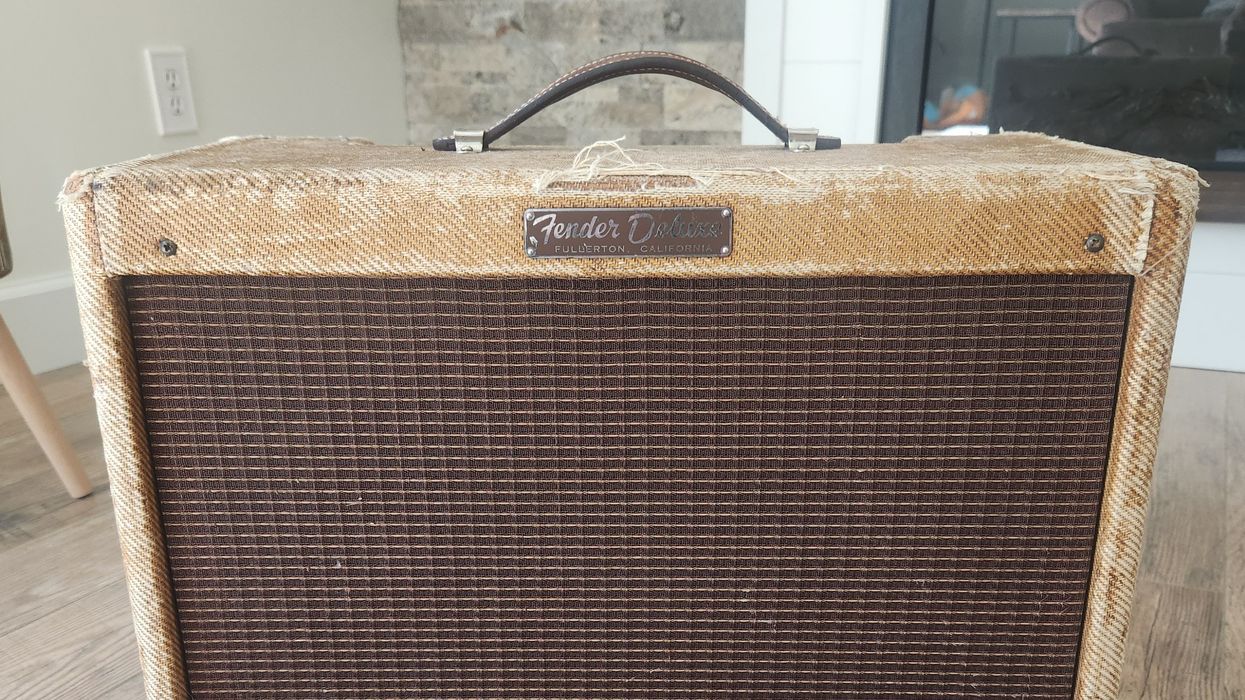






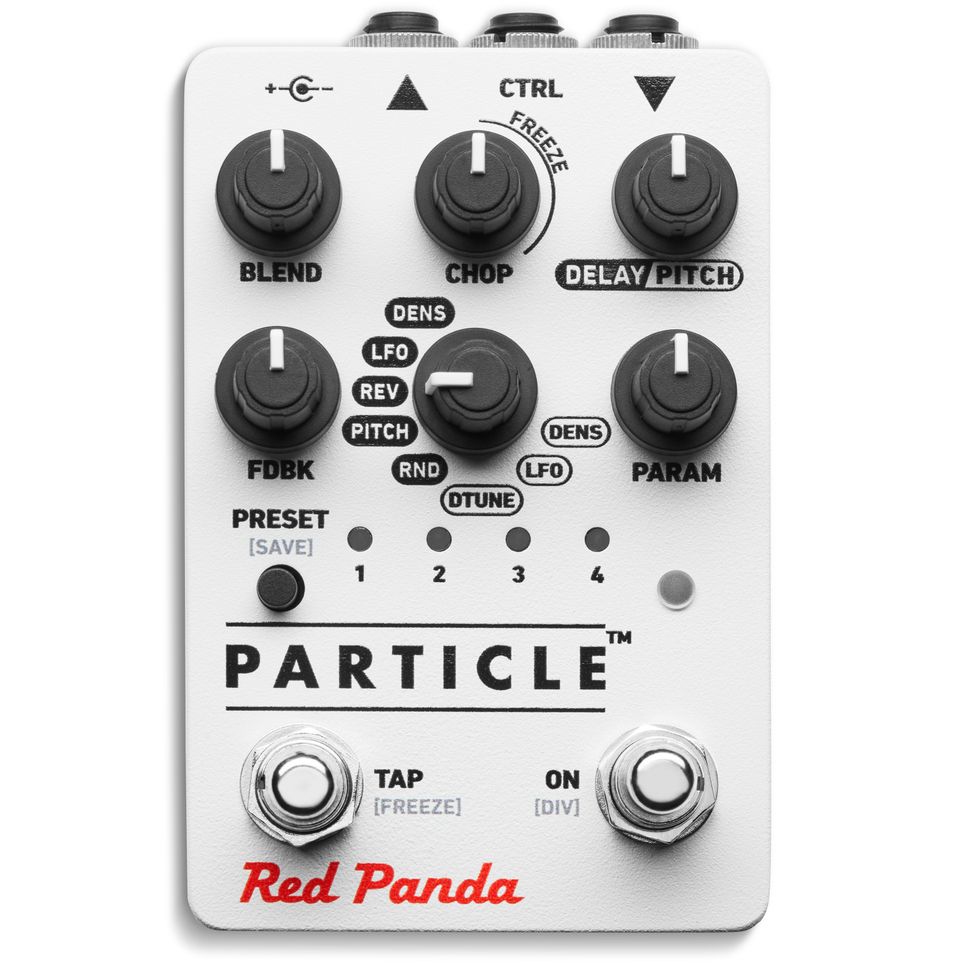

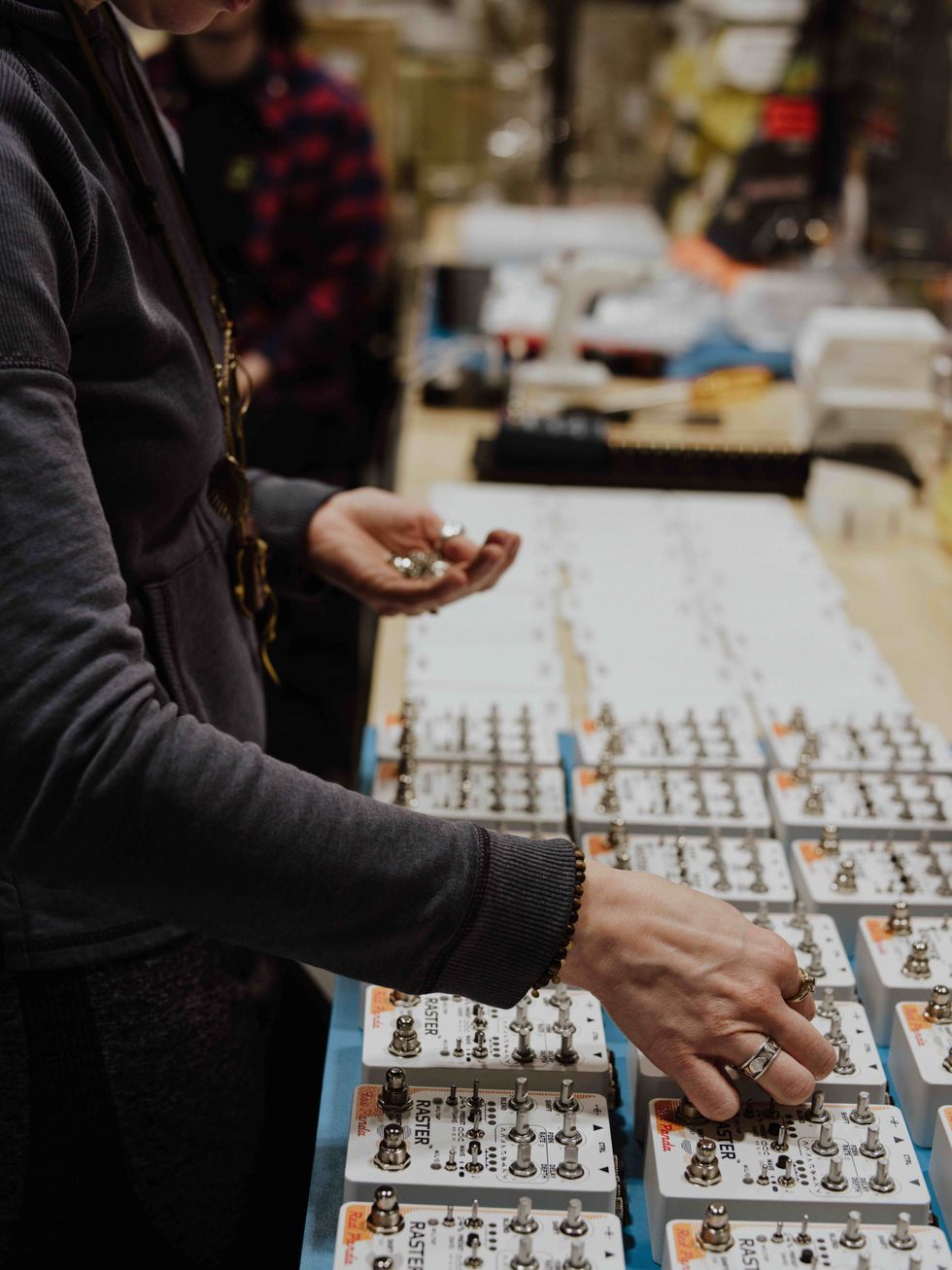
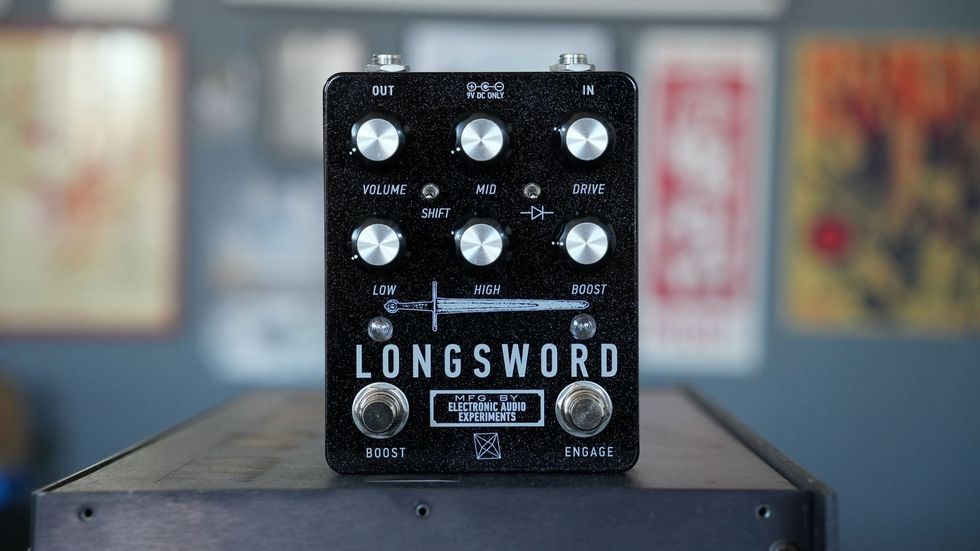

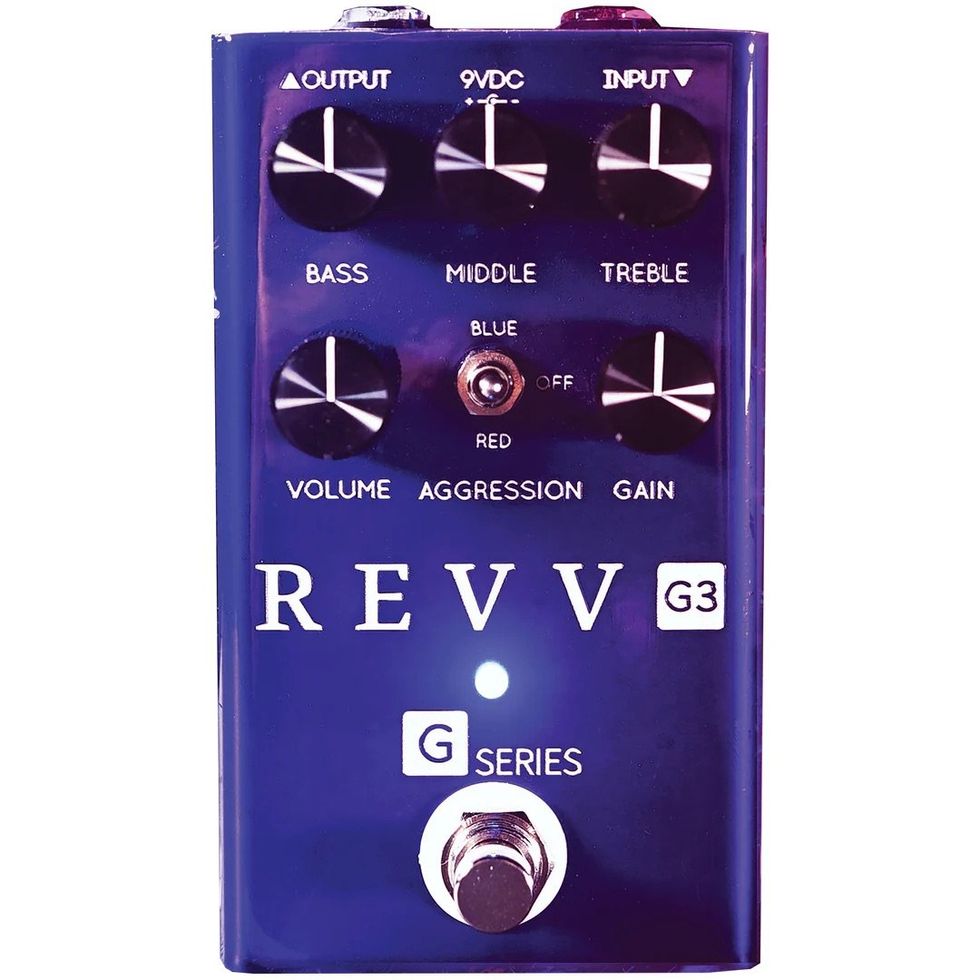
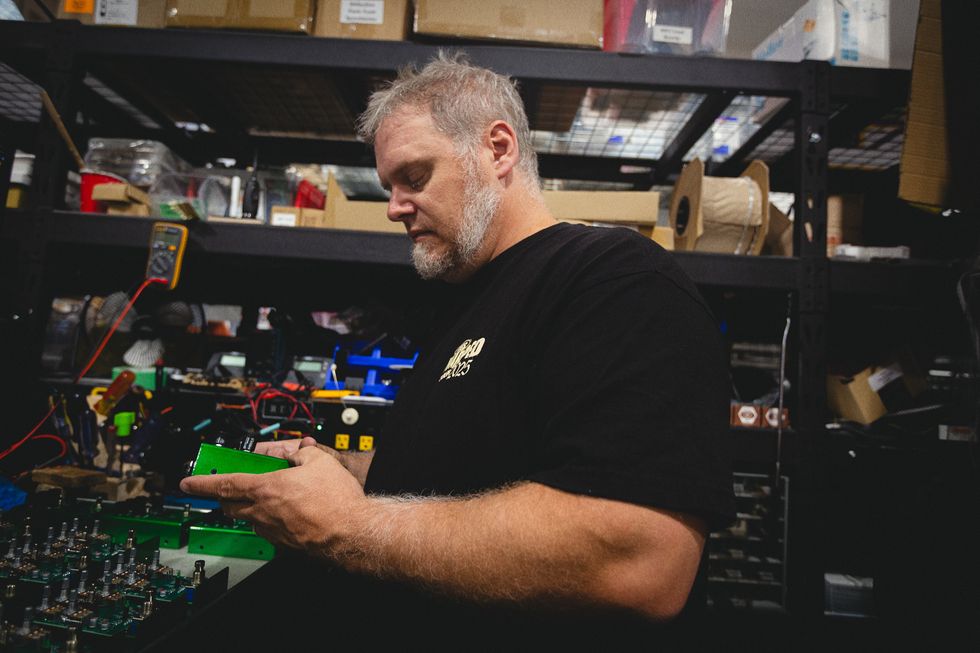
![Rig Rundown: AFI [2025]](https://www.premierguitar.com/media-library/youtube.jpg?id=62064741&width=1245&height=700&quality=70&coordinates=0%2C0%2C0%2C0)

![Devon Eisenbarger [Katy Perry] Rig Rundown](https://www.premierguitar.com/media-library/youtube.jpg?id=61774583&width=1245&height=700&quality=70&coordinates=0%2C0%2C0%2C0)









